Today is the second day of the second month of the lunar calendar, a traditional Chinese folk festival: Dragon Headraising Day (龙抬头), since ancient times, people also take the Dragon Headraising Day as a day to pray for wind and rain, to drive away evil spirits and disasters, and to transfer good fortune.
The dragon is a divine creature that lives in the sea in Chinese mythology, and is often used to symbolize good fortune. Since ancient times, people in mid-spring "Dragon Headraising Day" to pray for the dragon to eliminate disasters and blessings, wind and rain, harvest. The dragon, initially used as a totem emblem, later evolved into a decorative pattern. It was widely used on royal buildings, flags, and clothing.
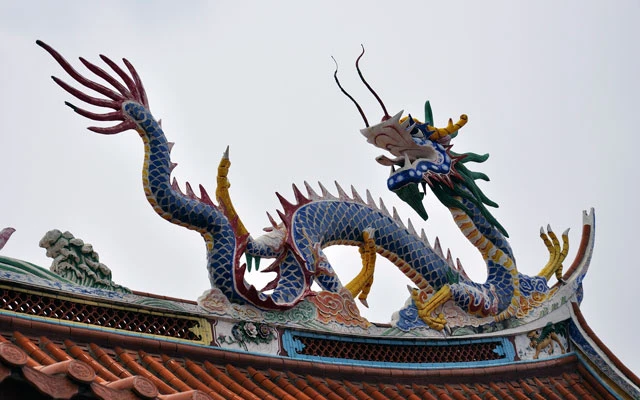
A list of 13 traditional Chinese dragon patterns that are often found in Hanfu fabrics for you.
Zheng Dragon
Zhenglong(正龙), also known as "sitting dragon", is characterized by a positive dragon head, a curved dragon body, and a well-distributed four feet (one on four sides).
There are also walking dragons patterns with sloping sides. It is generally embroidered on the back of the chest and the end of the sleeves of clothes. If it is used for table surrounds and chair capes, it is in the middle of the position.
Tuan Dragon
The Tuan dragon(团龙) is a circular pattern, usually composed of clouds and dragons. The dragon is in the middle, coiled and winding, and surrounded by auspicious clouds in a circle. Between the clouds and dragons, sometimes there are also fire pearls, flames, and Haishui Jiangya (海水江崖, rolling waves of water, mountains, and rocks).
Generally embroidered in the clothing of the nobility, one for each chest and back of the clothing, if the number of applications is large, the entire garment is spread. Smaller forms of men's and women's accessories are also sometimes embroidered with a Tuan dragon pattern, but mostly with three or four claws to distinguish them from the five-clawed dragons used by the emperors.
Li Dragon
Li Dragon(立龙) is characterized by its standing body, with its head turned sideways. It is often used for the edge decoration of clothes. The size of the scales on the dragon is one of the significant signs to identify the dragon of Ming and Qing dynasties. On the whole, the scales of the Ming Dynasty are large and few, and the scales of the Qing Dynasty are small and many.
Sheng Dragon and Jiang Dragon
The dragon with its head at the top and tail at the bottom is called "Sheng Dragon (升龙, rising ) ", while the dragon with its head at the bottom and tail at the top is called "Jiang Dragon (降龙, descending)".
Xing Dragon
The Xing dragon (行龙) is characterized by a sideways facing body, with its head and tail erected; its feet are downward, walking. It is generally used symmetrically, one on each side. It is often embroidered on the waist vertebrae and hem of clothes.
Zisun Dragon
The Zisun dragon (子孙龙, offspring) is a special pattern for the royal family, usually with a mix of large and small dragons. The large dragon is in the middle, surrounded by several small dragons, signifying the prosperity and flourishing of the royal family.
Guojian Dragon
"Guojian(过肩)" is a layout format of clothing pattern, the head of dragon, phoenix, Mang, lion, Feiyu, Douniu, and other animal patterns are arranged in the chest or back of the clothing, the body around the left and right shoulders, the tail is in the back part. Mostly seen in the Ming dynasty emperor noble relatives' robe clothing.
Xiangsheng Dragon
A dragon with a realistic style is called a "Xiangsheng dragon(像生龙)". Although dragons are fictional animals, ancient embroiderers often used realistic techniques to portray the variability of dragons in their patterns. In contrast to the three-dimensional pattern, the clouds, rocks, and waves surrounding the dragon's body also use realistic and perspective techniques to show a vivid and realistic image. The pattern is mostly found in Kesi (缂丝) and embroidery works, more common in the Ming and Qing dynasties.
Two dragons playing with pearls
The two dragons are often with coiled double dragons and fire pearls forming the pattern. One dragon is on the top, one dragon is on the bottom, or on the left and right respectively, and the fire pearl is between the two dragons. More popular in the Ming and Qing dynasties, mostly used for noble jewelry, clothing, chair cushions, and shoes.
Dragon and phoenix presenting auspiciousness
The combination of dragon and phoenix pattern means the world is in peace and great luck and good fortune. Early objects include embroidered clothes unearthed from the Chu tomb in Jiangling, Hubei. After the Han Dynasty, it was mostly used for the dress of the emperor and concubines.
Dragon Boat Racing
Wutong and cedarwood are hollowed out and dug into narrow and slender dragon boats with high prows and dragon prows, and both sides of the boats are decorated with dragon patterns. The young and strong players are divided into several teams to paddle with their arms, while the audience stands by the shore to cheer and shout, and the gongs and drums are loud, the horns are blaring, and the atmosphere is enthusiastic. This magnificent scene is often used as an embroidery pattern, with the auspicious meaning of warding off evil spirits and praying for good wind and rain.
Mang
The Mang (蟒) pattern is actually a deformed dragon pattern. Its body is covered with scales armor, and the difference between it and the dragon is that it has no horns and no claws. During the Ming Dynasty, it was an official costume decoration, generally painted with horns and claws, and the whole shape is similar to that of a dragon.
Kui and Chi
Kui(夔) and Chi(螭) are both legendary beasts. Kui is shaped like a dragon, and is also said to resemble a bull, with no horns and one foot, capable of raising wind and rain. Prevalent in the Shang and Zhou Dynasties, used during the Warring States and Qin and Han Dynasties.
Chi is similar to that of Kui, with a coiled body, and was often used to decorate carriages and costumes, mostly after the Shang and Zhou dynasties. In the Ming and Qing dynasties, the retro style was prevalent, and the Kui and Chi pattern was given a new meaning and interpreted as an auspicious pattern.
Finally, attached classic traditional Chinese dragon dance:
The above is about traditional Chinese dragon patterns, more patterns about Hanfu can be found here:
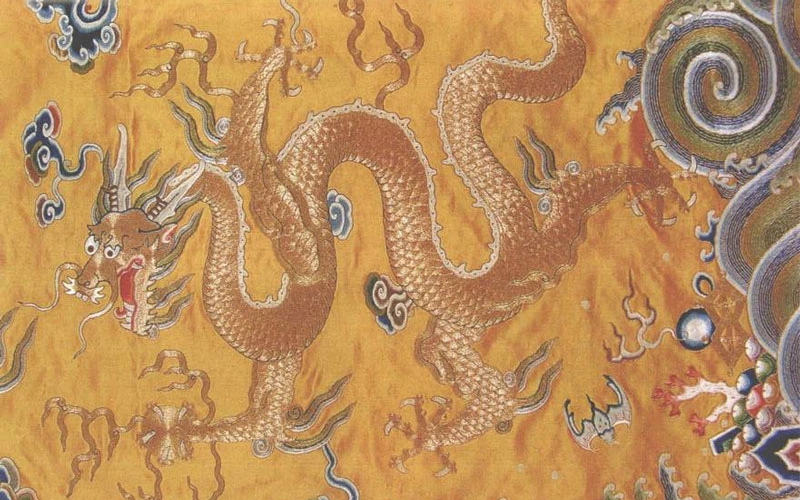
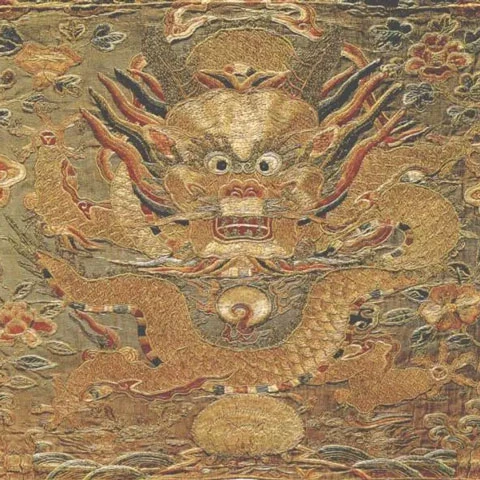
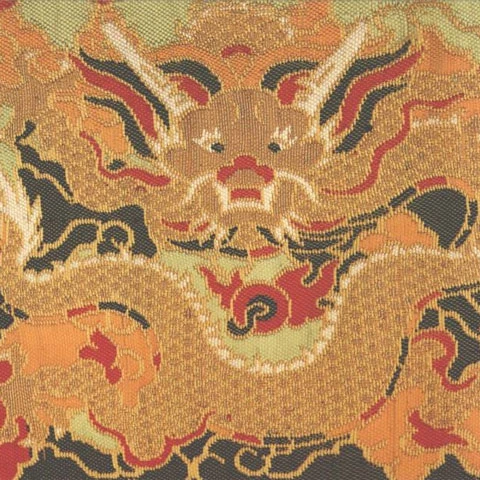
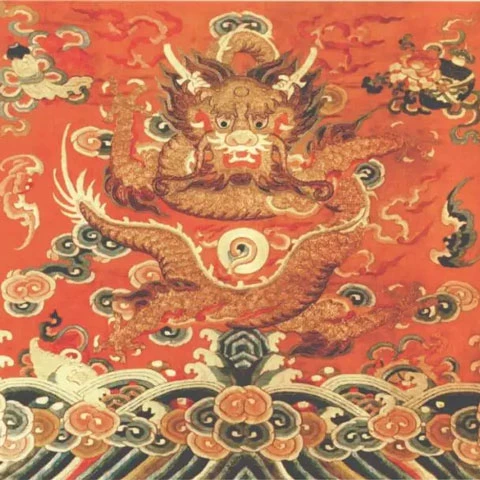
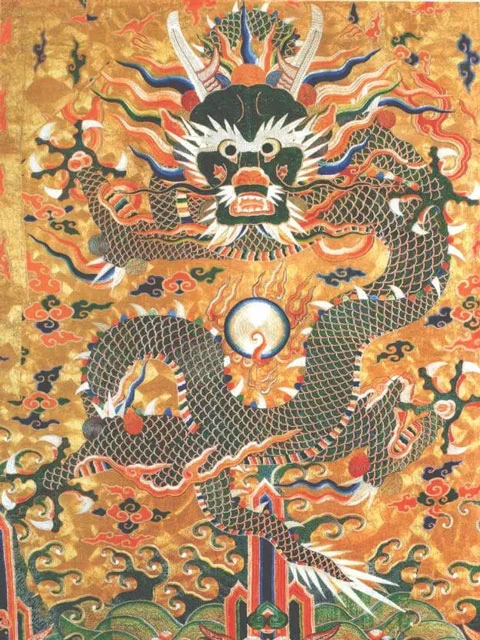
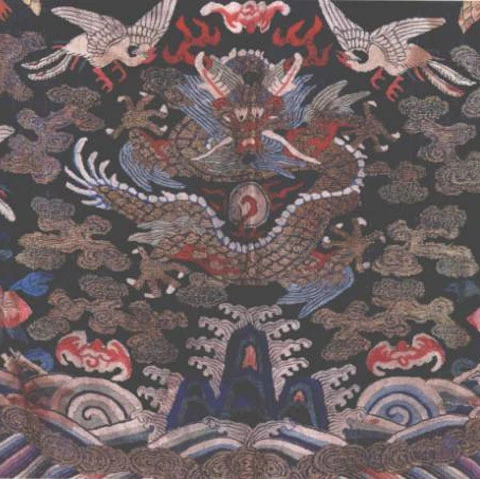

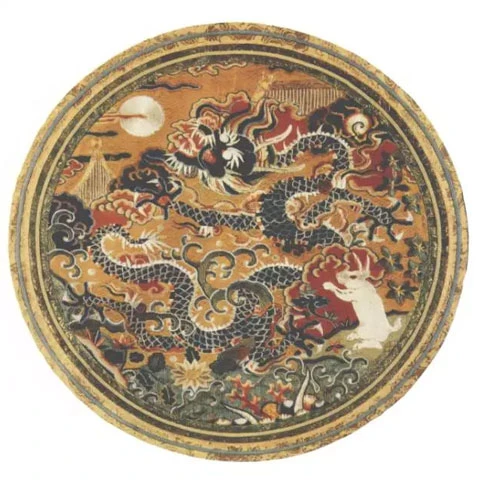
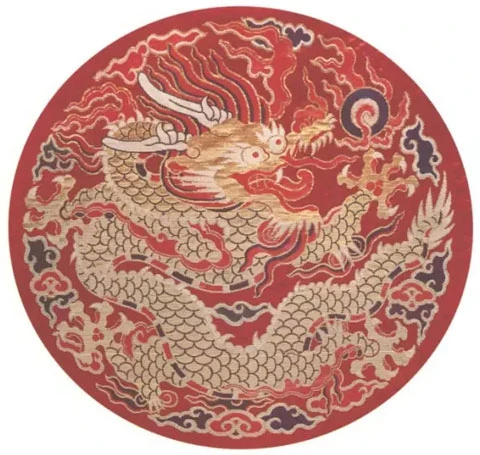
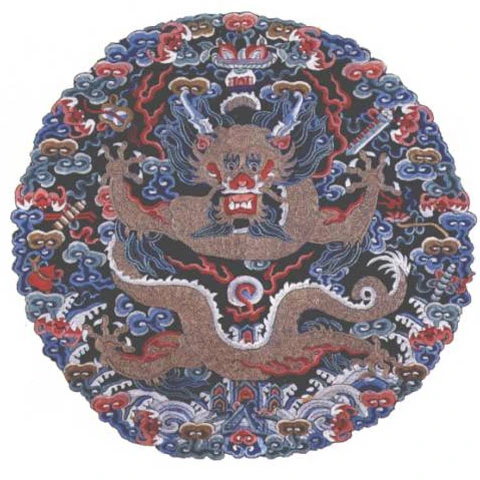
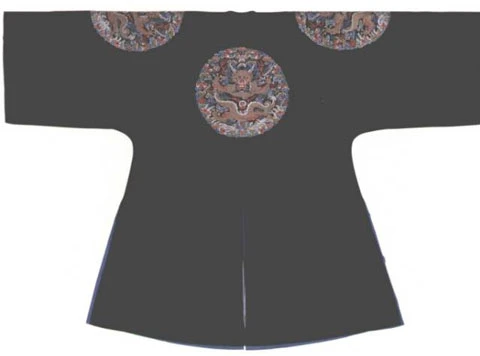
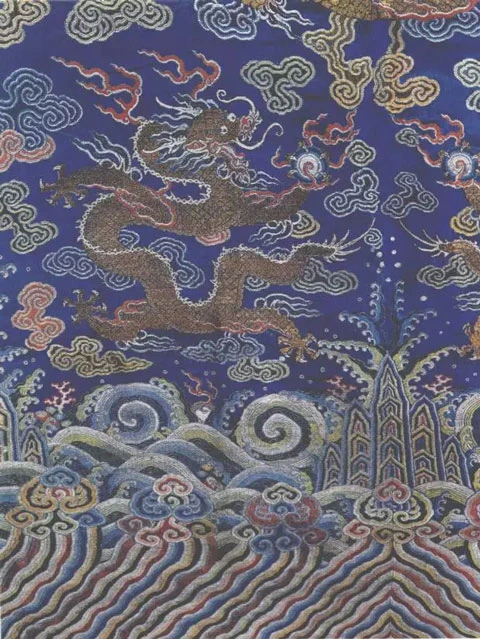
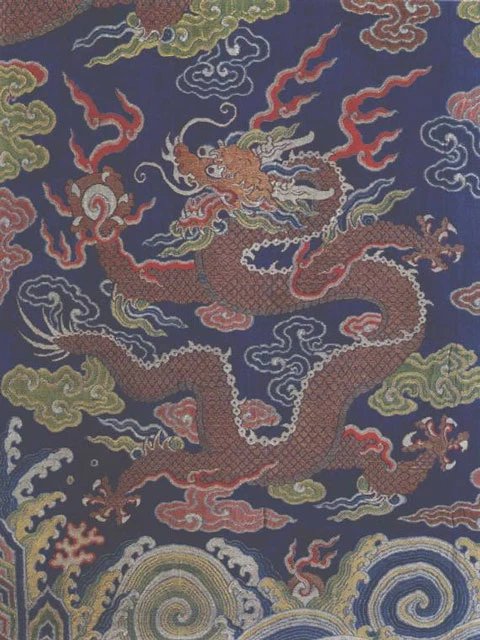
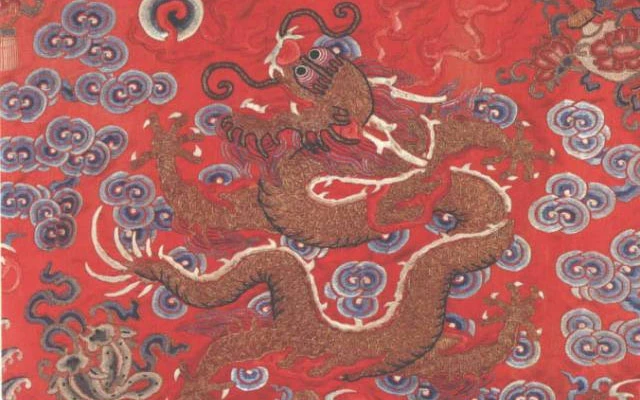
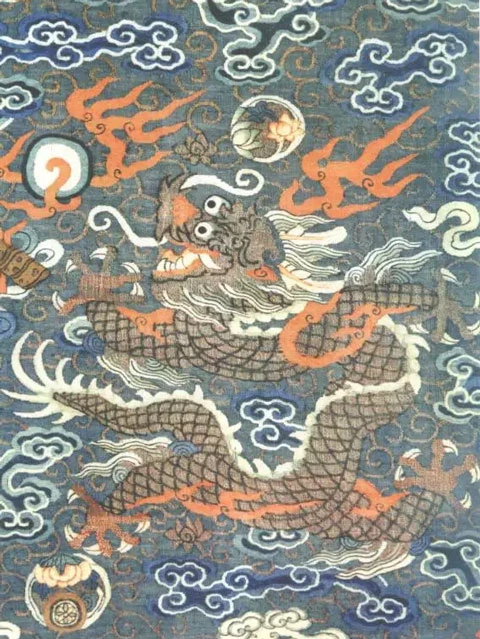
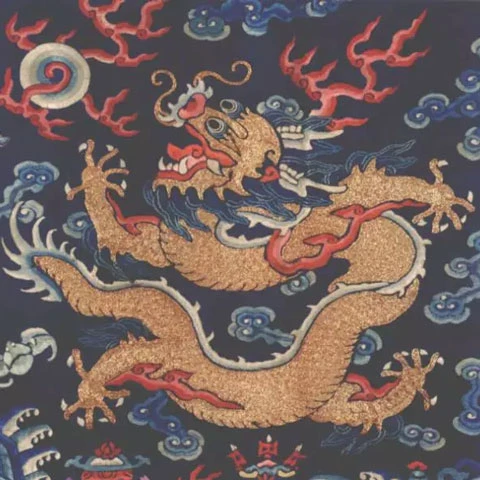
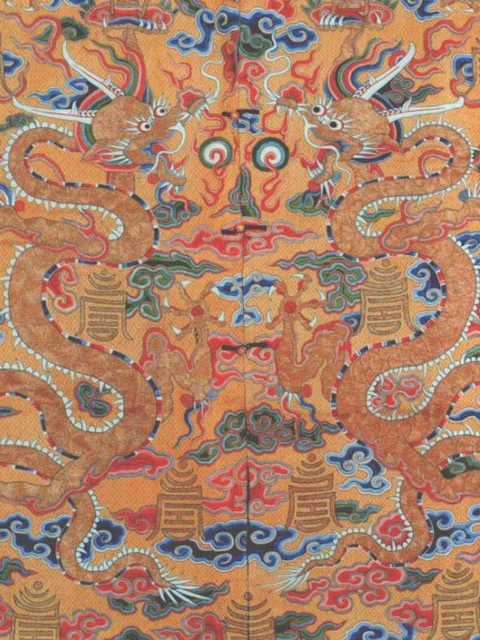
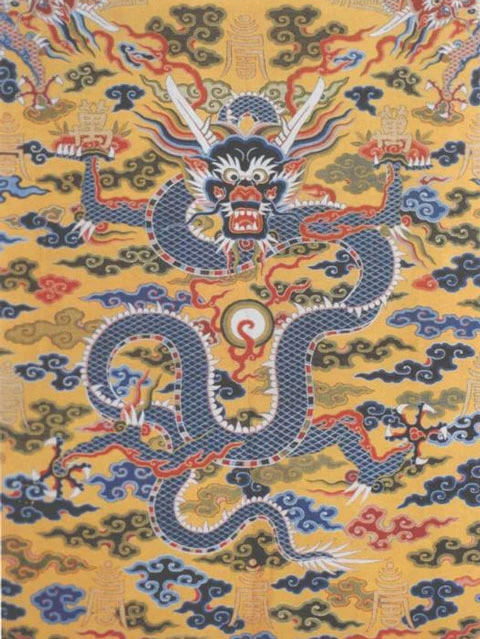
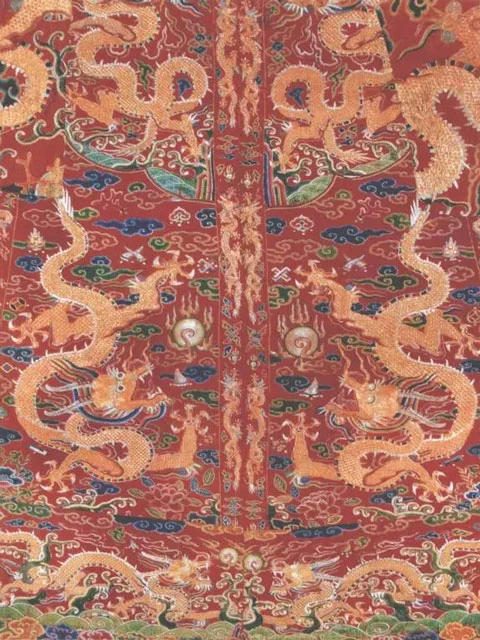
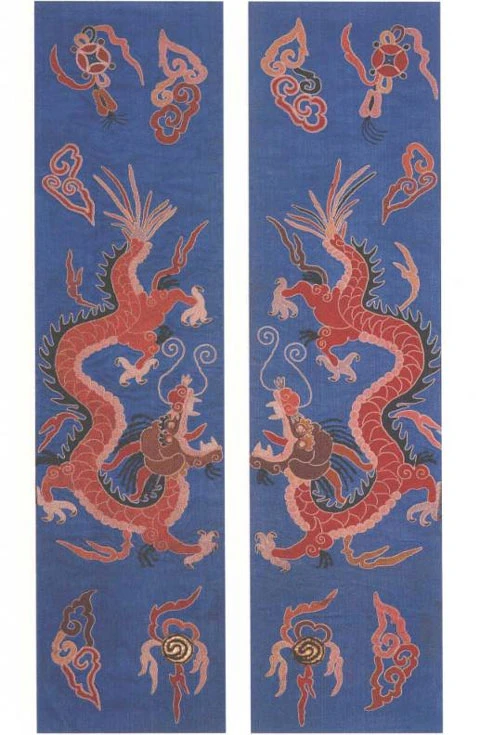
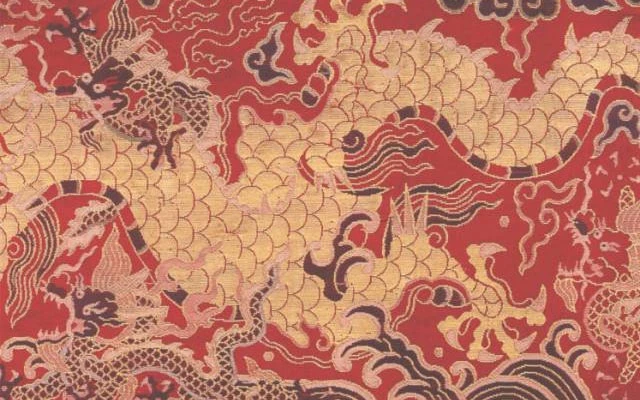
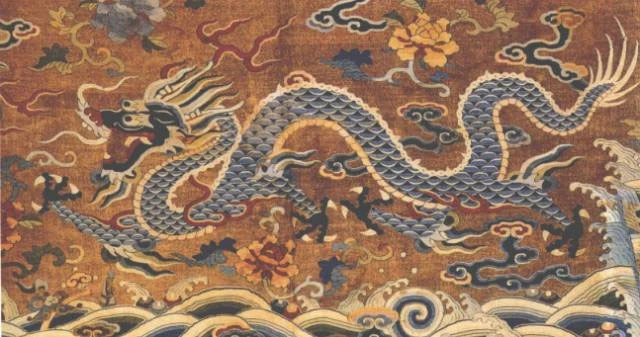
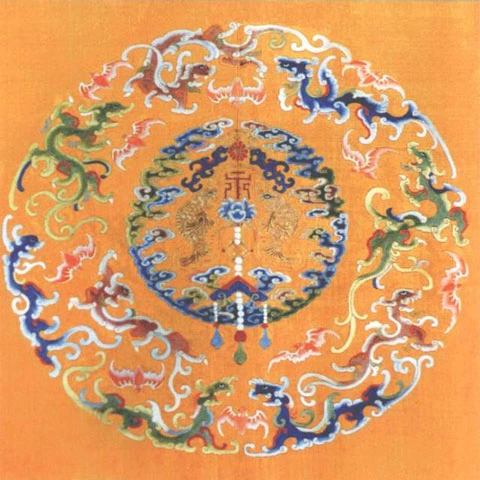

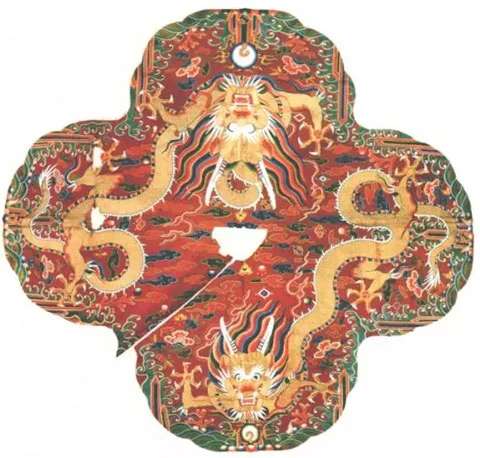
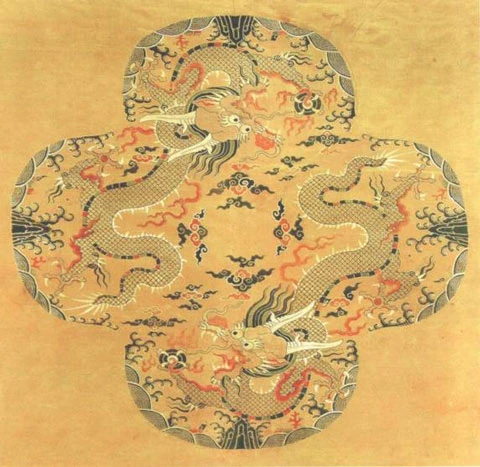
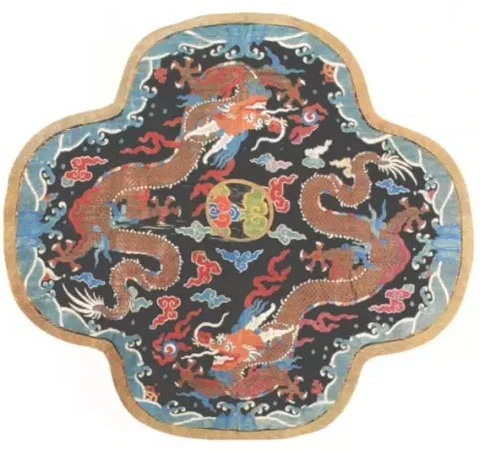
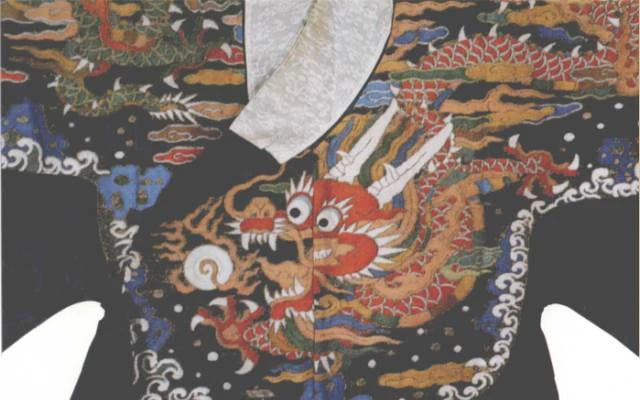
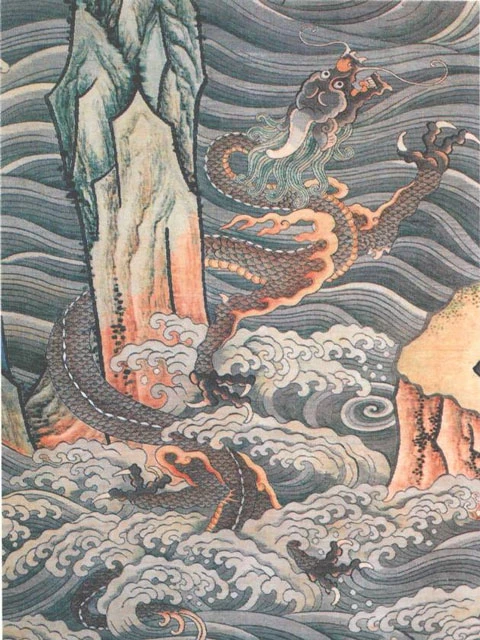
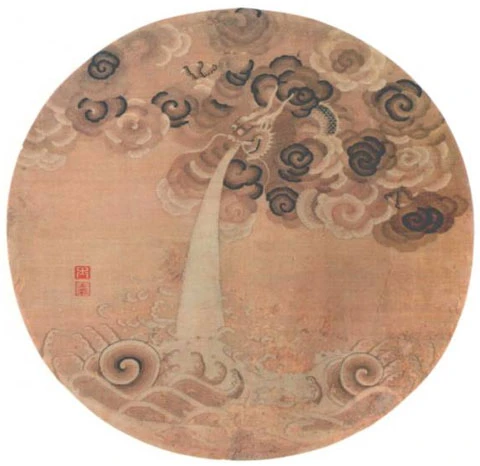
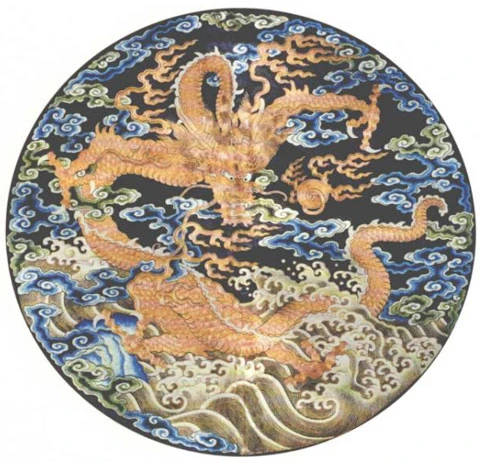
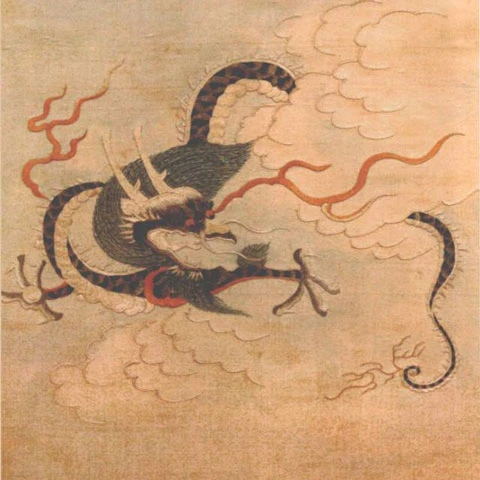
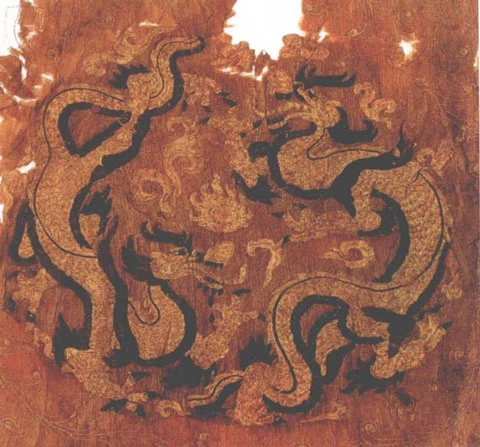
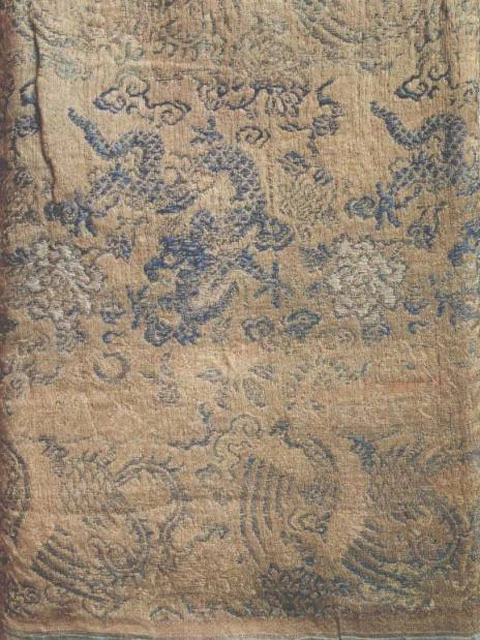
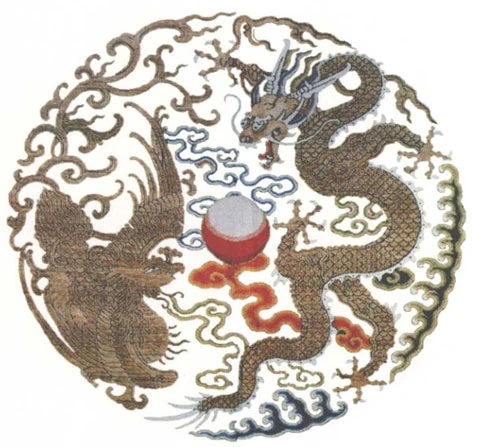
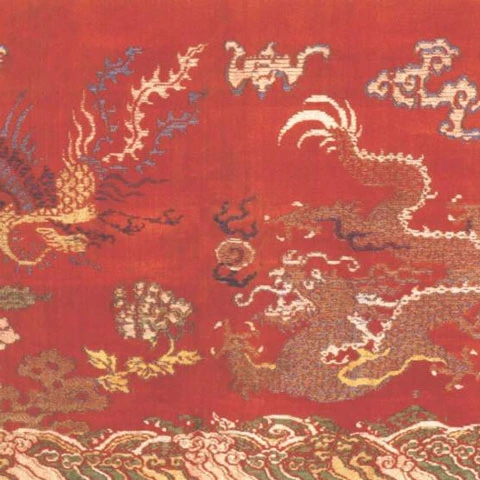
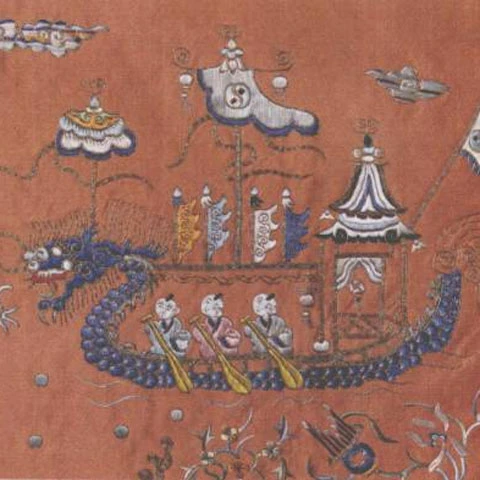
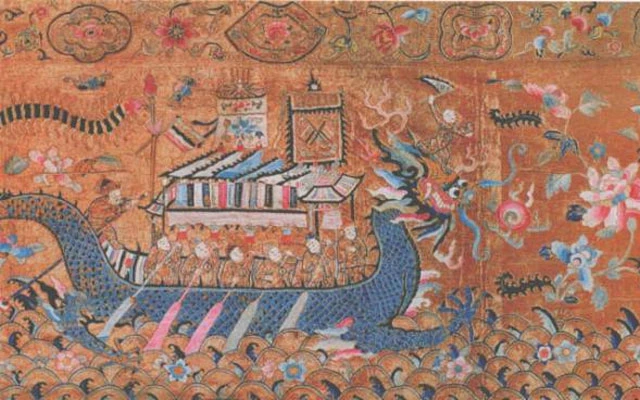

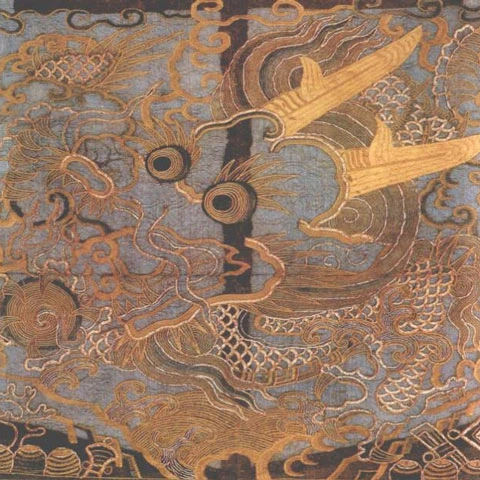
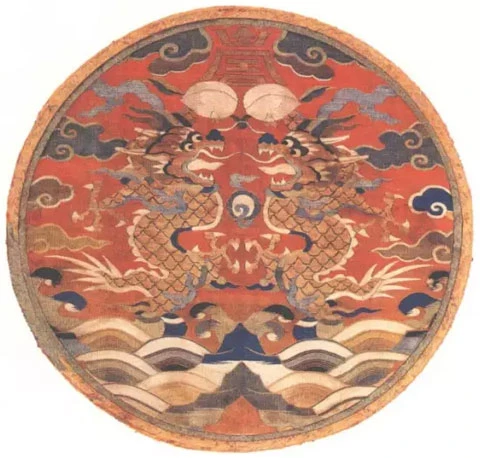
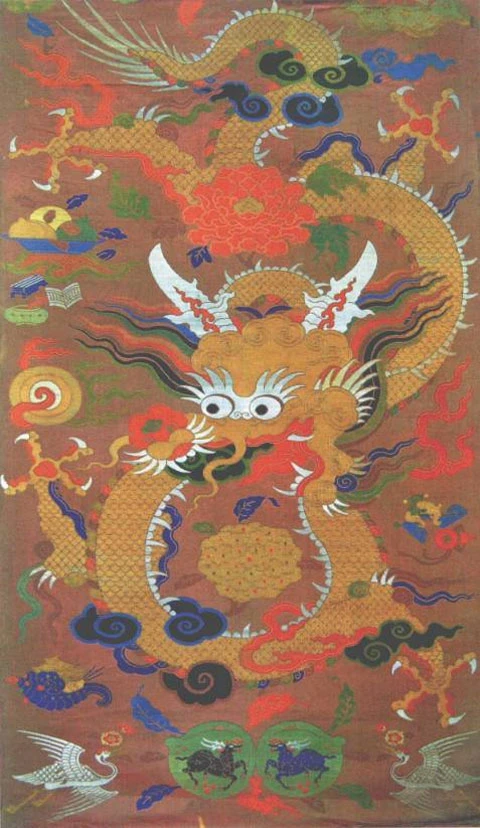
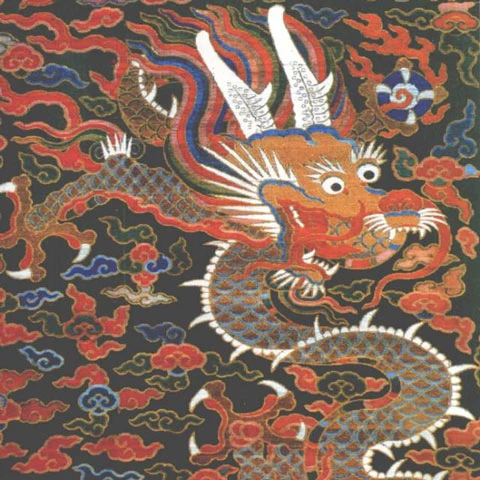
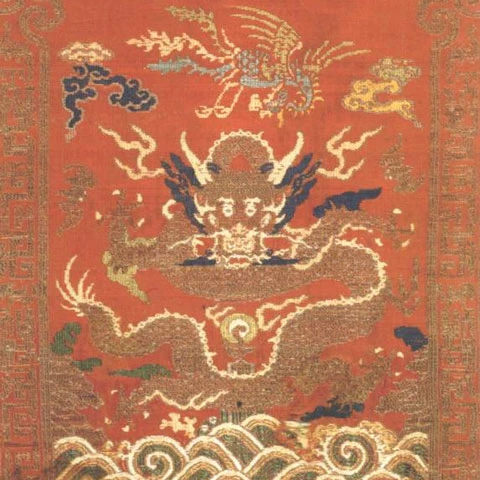
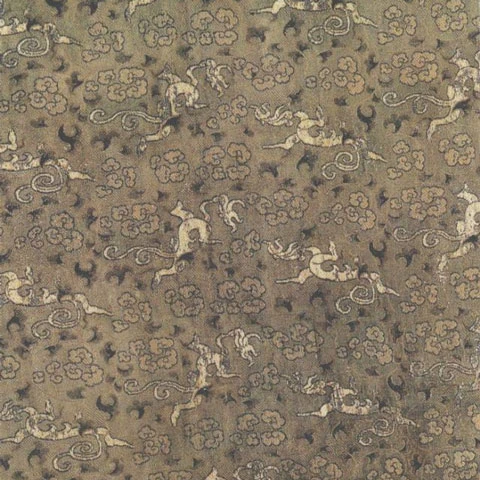
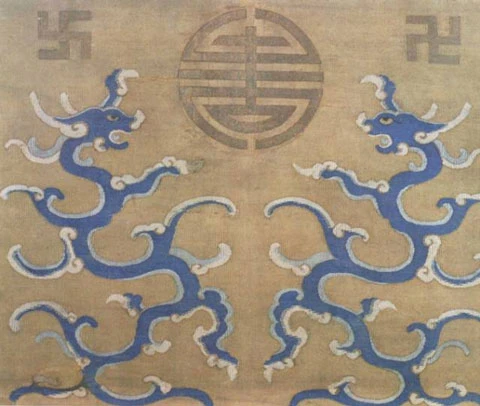
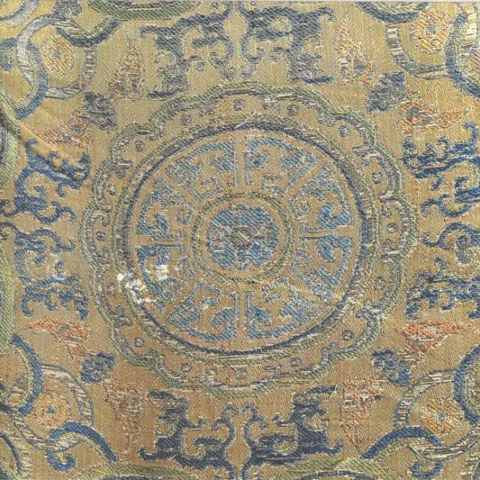

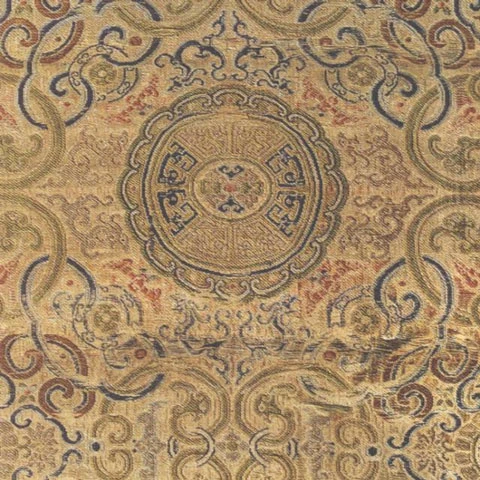
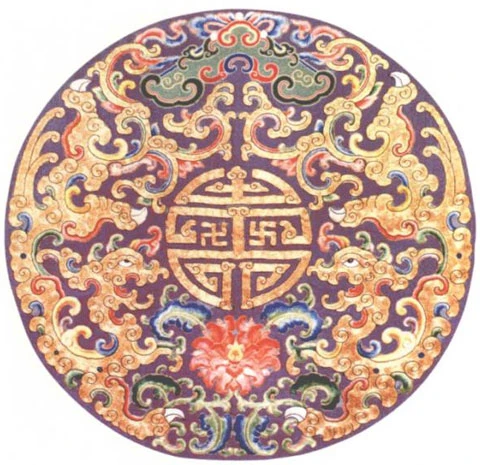
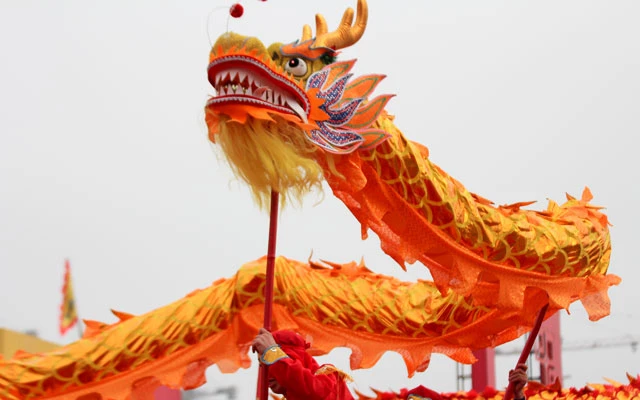
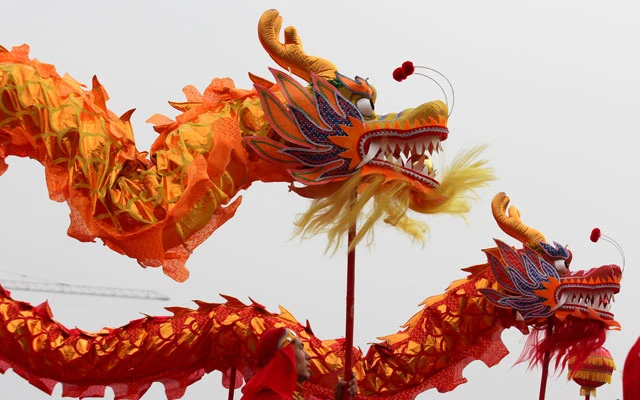
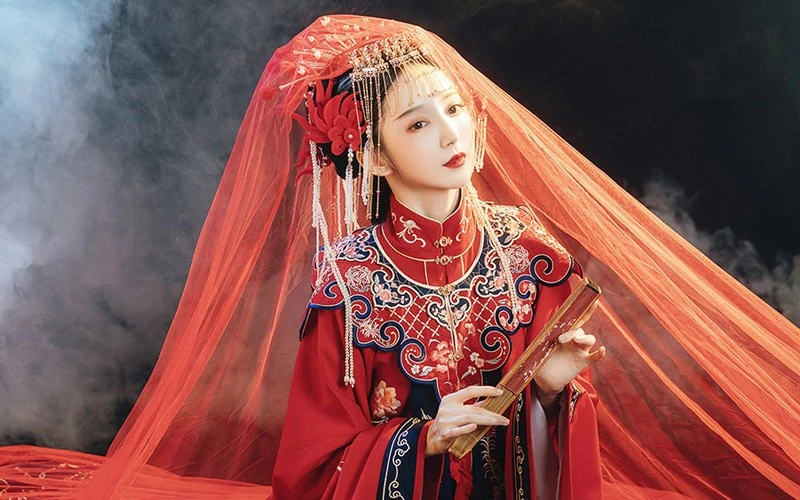
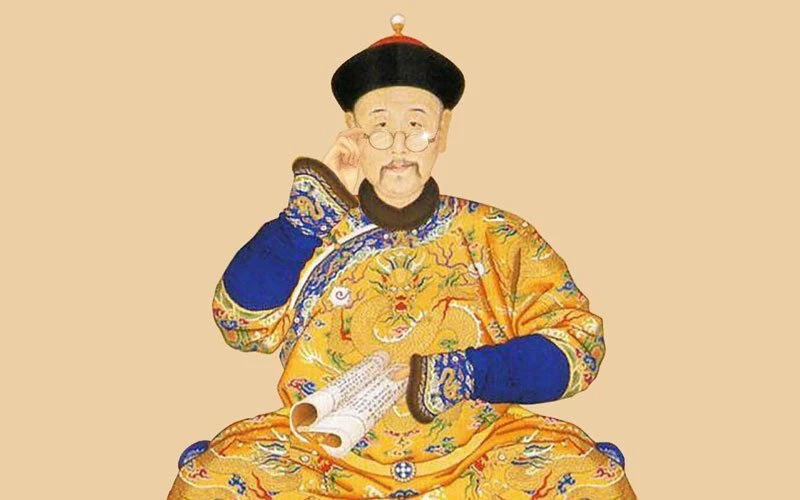

One thing I found in my art review classes is the funny fact that in the East, dragons are seen as mystical deities, while the western world regard them as wild beasts.
Dragons guard secrets and treasures. They protect legacies. They are the ultimate warriors of heaven descending to earth.
no idea there was a difference!